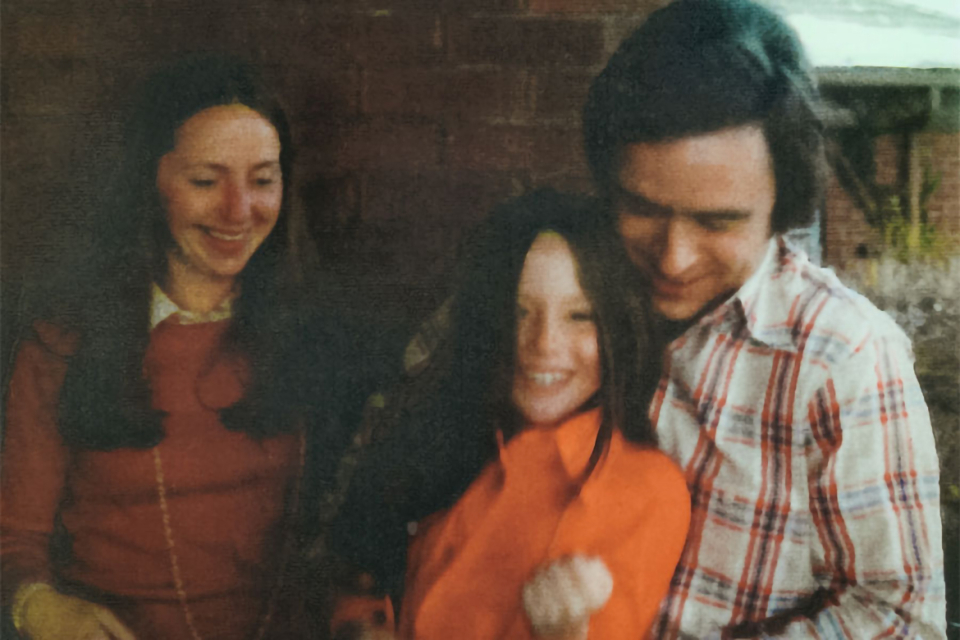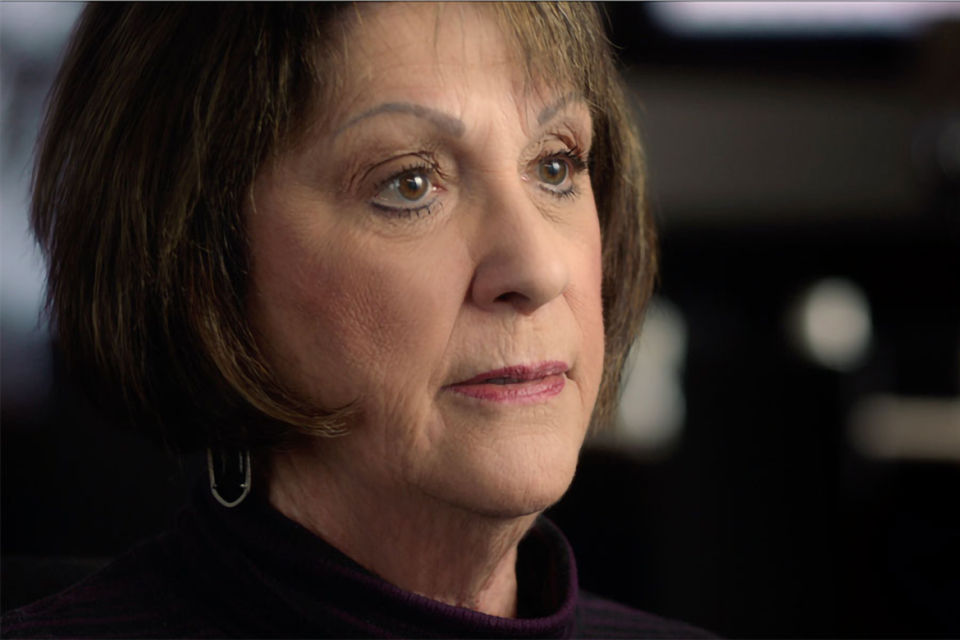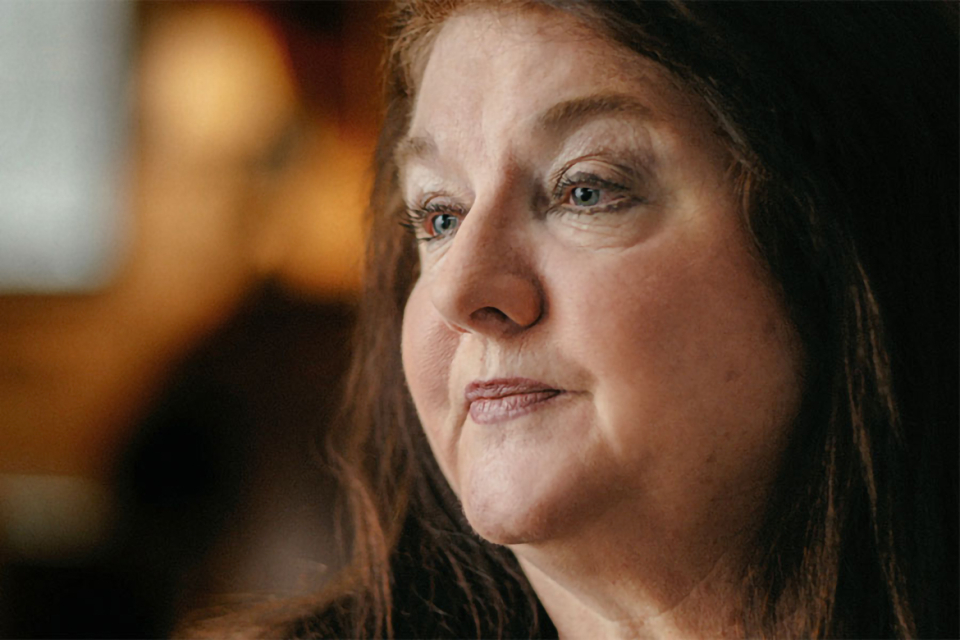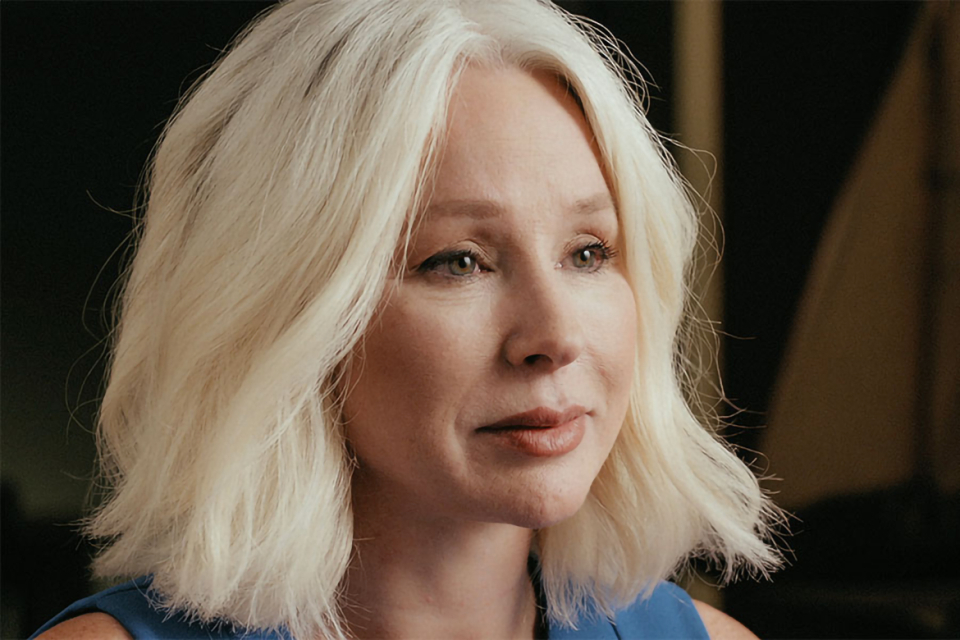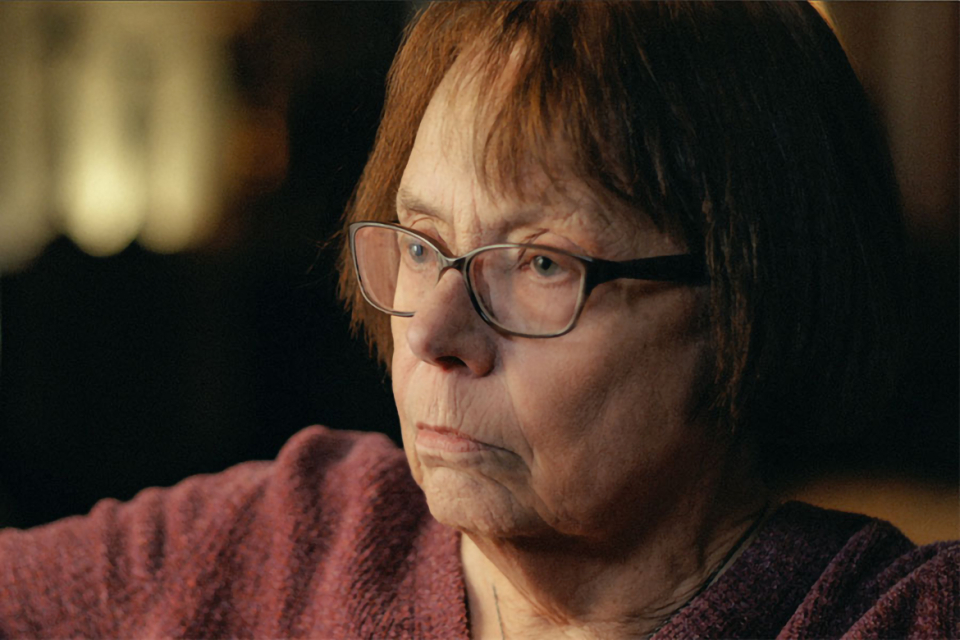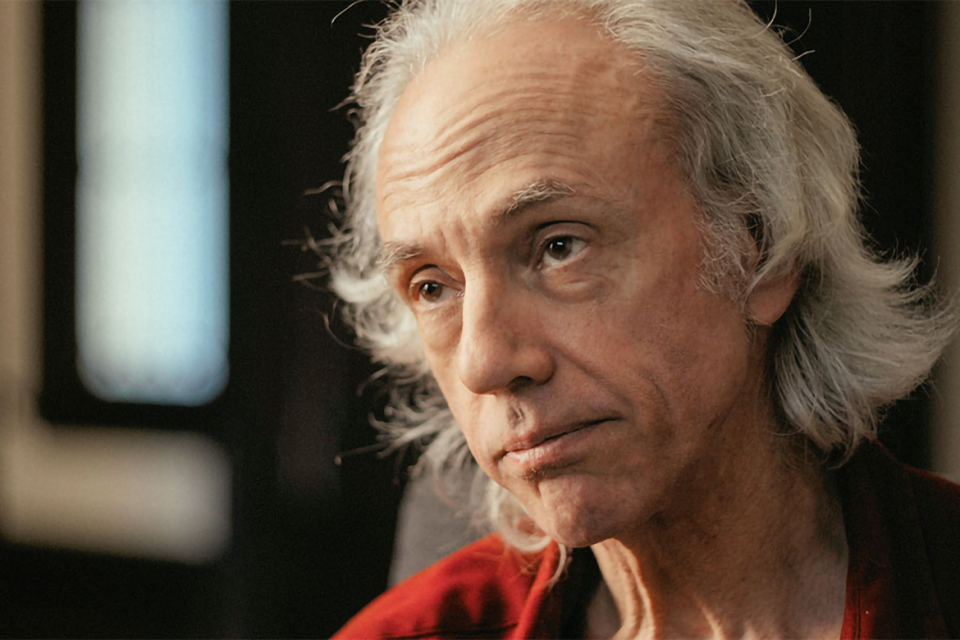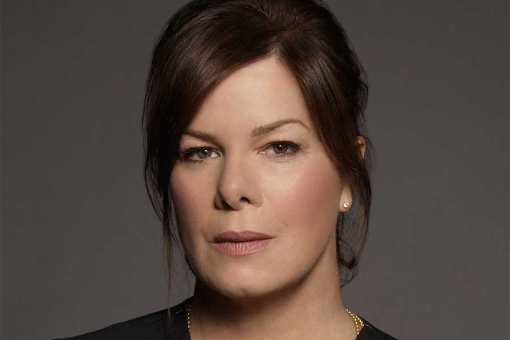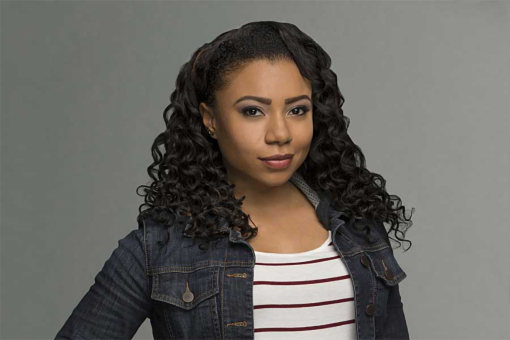A media fixation, Ted Bundy has long been the central hero of his own story…until now.
"Most people know Ted Bundy's name but can't name one of his victims. Not one of those girls!" says Trish Wood, director and producer of Ted Bundy: Falling for a Killer, a new five-part documentary which premiered on Amazon Prime on January 31.
Ever since television cameras broadcasted his 1979 murder trial, Ted Bundy has received extensive media coverage—from numerous documentaries and miniseries to even a recent biopic starring Zac Efron. One of the most brutal and publicized serial killers of all time, Bundy kidnapped, assaulted, raped and murdered at least 30 young women across the United States in the 1970s.
Reframing the story through the lens of women, the new docuseries gives voices and faces to the people affected by the heinous killer, particularly Elizabeth Kendall, the young single mother who had a relationship with Bundy before he was convicted, and her daughter Molly, who knew him as a father figure for four years.
As Kendall says in the first episode, "This story has been told many times by men. I want to tell the story because I think there are some lessons to be learned. Now is the time to talk about this. All of this. Not just bits and pieces of it."
Through a collection of intimate home photographs, we glimpse what Kendall might have seen in Bundy, a jovial and handsome young man who made her daughter smile. "I was quite shaken by the idea that someone who could so easily pass for the perfect boyfriend, and who society told us looks like the perfect boyfriend type, would be capable of such horrible devastation and obliteration of young women," says Wood.
Starting as a reporter in the late 1970s and early 1980s, Wood followed the story over the years through the myriad of articles, books and movies. "But they never really captured the experience lived by the women in the Bundy generation," she says.
"When I saw Ezra Edelman's brilliant O.J.: Made in America documentary, which refocused the crime story through the lens of race, I knew instantly that the Bundy story reframed through the lens of gender would be powerful and illuminating."
Looking deeper than just the sensational aspects of a typical true crime series, Ted Bundy: Falling for a Killer also examines the social and cultural context. "The 20 years of this specific story—which is Elizabeth Kendall meeting Ted Bundy in 1969 up until his execution in 1989—run the gamut of the 20 most important years for women, from hippie days through liberation through next wave feminism," says Wood.
In addition to chilling interviews with living abductees and loved ones of victims, the series also features women who were rising to prominence in traditionally male roles during the Ted Bundy case.
We meet Cheryl Martin, a former campus police officer, who was the first person to make the connection between the missing women; Kathleen McChesney, detective with King County Police in Seattle, who would later be among the first women to join the FBI; Barbara Grossman, the first female senior reporter in Salt Lake City, who would conduct an exclusive interview with Bundy in his jail cell before his 1978 escape; and Polly Nelson, a young lawyer who represented Bundy on Death Row as one of her first cases.
"We didn't want to interview only people affected by the murders," says Wood. "The Ted Bundy story is something that affected an entire generation of women. It wasn't just the people who were closely involved with him, many of us were affected by that moment in time."
The docuseries explores how Ted Bundy changed the national psyche and how it felt like a reversal to the empowerment and liberation women were beginning to experience in the early 1970s.
Py Bateman, founder of the Feminist Karate Union at the University of Washington, saw attendance for her self-defense classes skyrocket during Bundy's killing spree. As she says in one episode, "At that time, women were on the cusp of becoming independent. You're starting to feel like you can do anything. And all of a sudden you get walloped."
"Before Ted, there was no Ted," says Wood. "He seemed to be, in a sense, the first of his kind. In those days, he literally became the reason I locked my door at night. I still lock my door at night because of him but now it's more of a metaphorical exercise."
One of the most chilling aspects of Ted Bundy was that he targeted the good nature of women. Often wearing a fake cast and asking for help with his VW bug, he preyed on young women's kindness and social conditioning. As Bateman says in the first episode "He knew that one of our vulnerabilities is to be nurturing, helpful and to care."
Wood believes it's important not to dismiss Bundy as a one-off psychopath. "We should not take Ted Bundy off the continuum of violence against women," she says. "I think medicalizing his behavior and looking for reasons and excuses for what he did removes him from an important discussion.
"That continuum of violence includes men who come home drunk on Friday night and beat their wives. Is there a connection between Bundy and greater violence against women in our society? We should not separate him. He may represent something important."
But for all the damage he caused, Ted Bundy is not the central figure of this documentary. His psychology and motives have been explored extensively already.
"He lied so much that he wasn't a reliable witness," says Wood. "I think the female perspective is the only perspective in this story. I think to look at Ted Bundy is to say he hated women. He was a misogynist. I don't think it's any more complicated than that and I don't think it should be more complicated than that."
It is women, particularly Bundy's victims, who serve as the heroes of this series. All the known victims are named and their stories are shared through a mix of testimonials and photographs. "We wanted to reanimate them beyond the sepia-toned high school yearbook photos on the internet," says Wood.
There are no dramatic recreations in Ted Bundy: Falling for a Killer. "I felt that this series was going to rise or fall on visual purity," says Wood. "It was all footage or still photographs representative of the time. It became a huge effort for our team to locate both the footage being used and the photographs of the young women."
One such noteworthy photograph is of Carol DaRonch, a survivor whose identification and testimony would be a key element at Ted Bundy's first trial.
In her personal photograph, we see DaRonch before the abduction, wearing a bikini and washing her brand new cherry-colored Camaro, which she bought proudly with her own money. "She was the image of 1970s beauty, freedom and independence," says Wood. "That photograph is so representative of what she was before this happened and how this took some of that away from her. She was only 18."
The docuseries also maintains the same fidelity to a more natural narrative style. Rather than rely on title cards or voice over to move the show along, archival footage is interwoven with interviews. "I'm a big believer in the talking head as a beautiful, amazing thing," says Wood. "I love the human face when it's telling an interesting story."
Ted Bundy: Falling for a Killer features a thorough and extensive cast of interviews.
"One of the things I love when watching a documentary is when you're watching someone talking and you think 'I hope this guy comes up next to answer that' and then there they are," says Wood. "We had that privilege in this film. We did not expect we were going to get Rich Bundy and here is Elizabeth Kendall talking about camping trips with Ted's little brother and we have him in here talking about it, too."
Wood attributes the willingness of so many people to appear before the camera to the timing and focus of the documentary. "I think a lot of people involved in the film were acutely aware of the passage of time," she says. "I think they felt it was time to tell their story and they wanted to do it with a female director. They wanted to do it in a film developed for women."
"I'm grateful, as a woman of 63, that I was behind the lens doing a documentary about women all over the age of 50, many of them 60 and some of them 70, which is something we don't see in documentaries very often," adds Wood. "We're all written off and not creatively engaged in that demographic. It's pretty common in the business and in the culture."
Ted Bundy: Falling for a Killer is about giving focus to forgotten female voices. "I hope viewers come to understand that the people Ted Bundy was killing were actual young women with lives and histories and stories and a future," concludes Wood. "And I hope they even remember some of their names."

